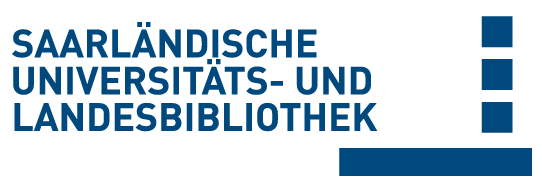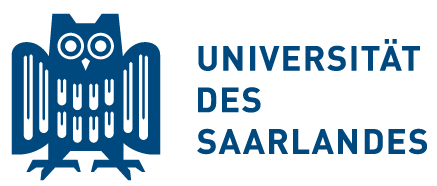Please use this identifier to cite or link to this item:
doi:10.22028/D291-45453 | Title: | Reflecting realities: gauging the pulse of simulator-based training in medical minds-resonance of simulator-based ultrasound training in medical education |
| Author(s): | Pillong, Lukas Sprengart, Franziska Marietta Recker, Florian Rink, Maximilian Weimer, Andreas Merkel, Daniel Ille, Carlotta Buggenhagen, Holger Lorenz, Liv Dionysopoulou, Anna Kloeckner, Roman Schick, Bernhard Helfrich, Johanna Weinmann-Menke, Julia Waezsada, Elias Weimer, Johannes |
| Language: | English |
| Title: | BMC Medical Education |
| Volume: | 25 |
| Issue: | 1 |
| Publisher/Platform: | BMC |
| Year of Publication: | 2025 |
| Free key words: | Ultrasound education Ultrasound simulators Simulator-based training Simulation Medical education |
| DDC notations: | 610 Medicine and health |
| Publikation type: | Journal Article |
| Abstract: | Background Simulator-based training (SBT) transforms medical education from traditional methods to technol‑ ogy-driven simulations for safer, complex scenario learning. This study examines perceptions, benefts, drawbacks, and challenges of such training, focusing on ultrasound simulations among medical students and physicians. Methods The study surveyed 343 participants: 154 third-year medical students, 97 practical-year students, and 92 physicians across various specialties. A digital questionnaire was used to analyze their views on SBT, featuring mainand sub-items evaluated through a Likert scale and dichotomous questions. Results Widespread exposure to SBT was evident, notably in ultrasound simulator usage, where over 60% of all respondent groups reported prior experience. Signifcant disparities in acceptance and assessment between students and physicians were noted, particularly highlighting inconsistent integration into mandatory education and a marked defcit in physicians’ training (p<0.001). All groups acknowledged the relevance of SBT for developing practical skills and patient safety. The interest in ultrasound simulator use showed variability across specialties (p<0.001). While ultrasound pathology training was highly valued, doubts about simulators replacing hands-on patient experience persisted. Conclusions Our study highlights the necessity for enhanced integration of SBT within medical curricula. It high‑ lights the signifcance of adaptive teaching methodologies and singles out ultrasound simulator training as essential for practical skill development. Future research should concentrate on creating comprehensive customized teaching strategies to elevate the quality of patient care. |
| DOI of the first publication: | 10.1186/s12909-025-07198-4 |
| URL of the first publication: | https://doi.org/10.1186/s12909-025-07198-4 |
| Link to this record: | urn:nbn:de:bsz:291--ds-454536 hdl:20.500.11880/40040 http://dx.doi.org/10.22028/D291-45453 |
| ISSN: | 1472-6920 |
| Date of registration: | 27-May-2025 |
| Description of the related object: | Supplementary Information |
| Related object: | https://static-content.springer.com/esm/art%3A10.1186%2Fs12909-025-07198-4/MediaObjects/12909_2025_7198_MOESM1_ESM.docx |
| Faculty: | M - Medizinische Fakultät |
| Department: | M - Hals-Nasen-Ohrenheilkunde |
| Professorship: | M - Prof. Dr. Bernhard Schick |
| Collections: | SciDok - Der Wissenschaftsserver der Universität des Saarlandes |
Files for this record:
| File | Description | Size | Format | |
|---|---|---|---|---|
| s12909-025-07198-4.pdf | 2,75 MB | Adobe PDF | View/Open |
This item is licensed under a Creative Commons License


